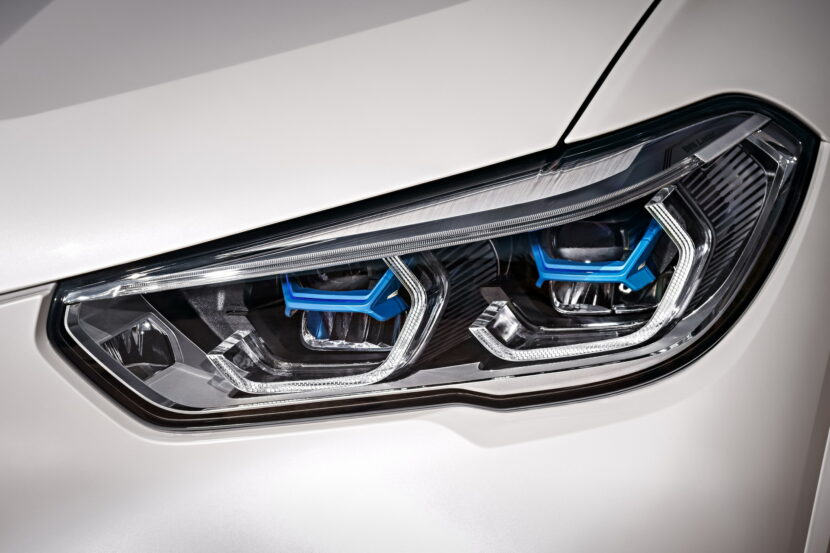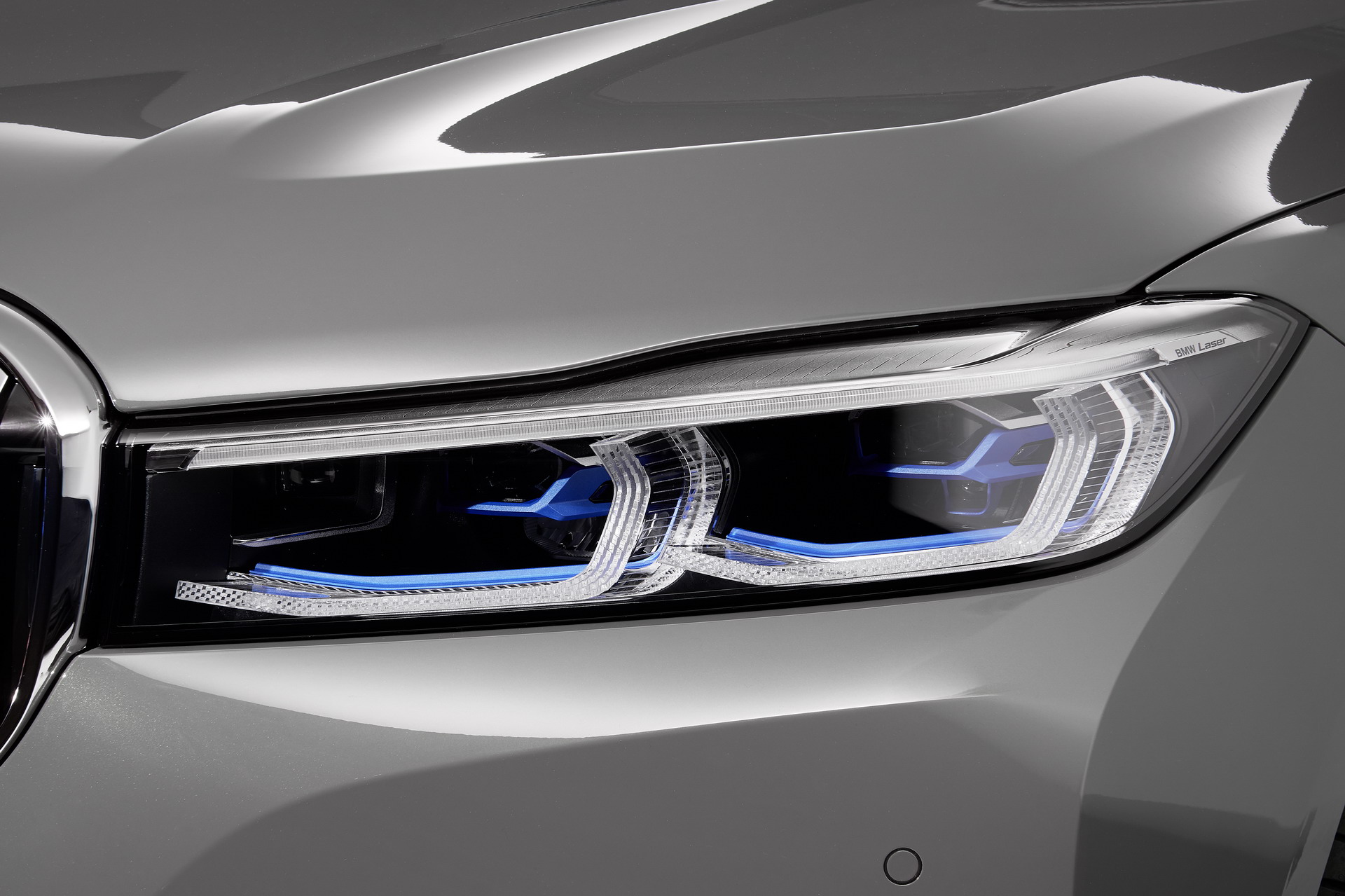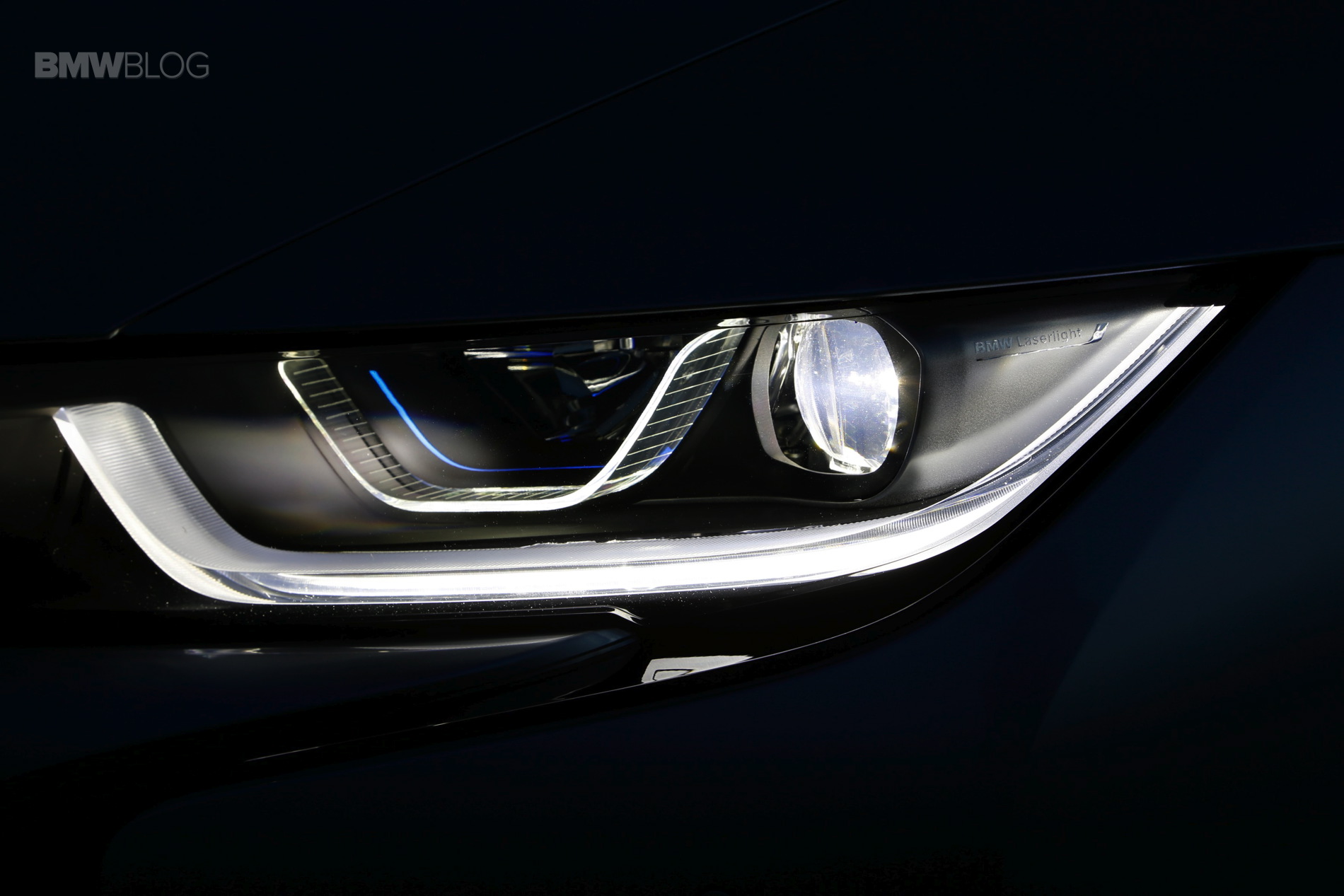
Illuminating the Future: BMW M3’s Laser Lights in 2025
The BMW M3, a legend in the world of performance sedans, is known for its aggressive styling, blistering acceleration, and a driving experience that pushes the boundaries of what a car can do. But for 2025, BMW is taking things to a whole new level of innovation with the introduction of laser headlights on the M3. This cutting-edge technology promises to revolutionize the way we see the road at night, offering enhanced visibility, improved safety, and a touch of futuristic flair.
The Science Behind the Beam:
Laser headlights, unlike traditional halogen or LED lights, utilize a concentrated beam of laser light to illuminate the road ahead. This technology offers several key advantages:
-
Sharper, Brighter Illumination: Laser light is highly focused and can be directed with extreme precision, resulting in a significantly brighter and more concentrated beam. This translates to better visibility at night, especially on dark roads and highways.
-
Increased Range: The high intensity of laser light allows for a longer throw, enabling drivers to see further down the road and react quicker to potential hazards.
-
Improved Safety: With enhanced visibility, laser headlights contribute to a safer driving experience by allowing drivers to spot obstacles, pedestrians, and other vehicles earlier. This is particularly important in situations where visibility is limited, such as fog or rain.
-
Energy Efficiency: Laser headlights consume less energy than traditional headlights, leading to improved fuel economy and reduced environmental impact.
-
Adaptive Beam Control: Laser headlights can be integrated with adaptive beam control systems, which automatically adjust the beam pattern to avoid blinding oncoming drivers while maximizing illumination for the driver.
The BMW M3 Advantage:
The 2025 BMW M3 with laser headlights is poised to become a technological tour de force, pushing the limits of automotive illumination. Here’s why:
-
Enhanced Driving Experience: The enhanced visibility provided by laser headlights will significantly improve the driving experience, especially at night. Drivers will be able to navigate winding roads, high-speed highways, and challenging conditions with greater confidence.
-
Improved Safety Features: The laser headlights will be integrated with BMW’s suite of advanced safety features, including lane departure warning, blind spot monitoring, and adaptive cruise control. This combination will further enhance safety by providing drivers with real-time information and assistance.
-
Distinctive Design: The laser headlights will not only improve performance but also add a unique and futuristic touch to the M3’s aggressive styling. The slim, laser-powered units will be integrated seamlessly into the car’s front fascia, creating a striking and modern aesthetic.
Challenges and Considerations:
While laser headlights offer a significant leap forward in automotive lighting technology, they also present some challenges:
-
Cost: Laser headlights are currently more expensive to manufacture than traditional headlights, which could translate to a higher price tag for the 2025 BMW M3.
-
Regulations: The implementation of laser headlights requires strict regulatory approvals to ensure they meet safety standards and do not pose a risk to other drivers.
-
Maintenance: The complex technology of laser headlights may require specialized maintenance and repair, which could potentially increase ownership costs.
The Future of Automotive Lighting:
The introduction of laser headlights on the 2025 BMW M3 marks a significant step towards the future of automotive lighting. As technology continues to evolve, we can expect to see even more advanced and innovative lighting solutions that enhance safety, performance, and the overall driving experience.
Beyond the M3: The Impact on the Automotive Industry:
The adoption of laser headlights by BMW is likely to have a ripple effect throughout the automotive industry. Other manufacturers are expected to follow suit, integrating this technology into their own vehicles to stay competitive in the ever-evolving world of automotive innovation. This trend will lead to:
-
Increased Adoption: As the cost of laser headlights decreases and regulations become more streamlined, we can expect to see a wider adoption of this technology across various vehicle segments.
-
Improved Safety Standards: The widespread use of laser headlights will contribute to a significant improvement in safety on the roads, particularly at night.
-
Enhanced Driving Experience: With improved visibility and performance, laser headlights will enhance the overall driving experience for millions of drivers worldwide.
The Road Ahead:
The future of automotive lighting is bright, literally. Laser headlights are poised to become the standard in the automotive industry, offering a safer, more efficient, and more enjoyable driving experience. The 2025 BMW M3 with laser headlights is a testament to this evolution, showcasing the power of innovation and technology to shape the future of transportation.
A Deeper Dive into the Technology:
Laser headlights work by using a diode laser to generate a beam of highly concentrated light. This light is then directed through a series of lenses and mirrors to create a focused beam that illuminates the road ahead.
-
Diode Lasers: The laser diodes used in headlights are small and efficient, capable of generating high-intensity light with minimal energy consumption.
-
Lens and Mirror System: The lens and mirror system is designed to shape and direct the laser beam, creating a uniform and focused pattern of light that illuminates the road ahead.
-
Adaptive Beam Control: Laser headlights can be integrated with adaptive beam control systems, which use sensors to detect oncoming traffic and adjust the beam pattern accordingly. This ensures that the driver has optimal visibility while preventing glare to other drivers.
-
Dynamic Light Spot: Some laser headlights also feature a dynamic light spot, which can be directed independently of the main beam. This allows for enhanced illumination of specific areas, such as corners or intersections, providing drivers with even greater visibility.
The Future of Automotive Lighting: Beyond Laser Headlights:
While laser headlights represent a significant advancement in automotive lighting, the future holds even more exciting possibilities. Researchers and engineers are exploring new technologies, such as:
-
Matrix LED Headlights: These headlights use an array of individual LEDs that can be controlled independently, allowing for even more precise and dynamic beam control.
-
Digital Light Headlights: This technology uses a digital projector to create a highly customizable and interactive light pattern, enabling features such as road sign recognition and pedestrian detection.
-
Laser-Based Adaptive Cruise Control: Laser-based adaptive cruise control systems utilize laser sensors to accurately measure the distance to the vehicle ahead, enabling smoother and safer autonomous driving.
Conclusion:
The introduction of laser headlights on the 2025 BMW M3 marks a significant milestone in the evolution of automotive lighting. This cutting-edge technology offers enhanced visibility, improved safety, and a touch of futuristic flair. As technology continues to advance, we can expect to see even more innovative and advanced lighting solutions that transform the way we experience driving. The future of automotive lighting is bright, and the journey is just beginning.







